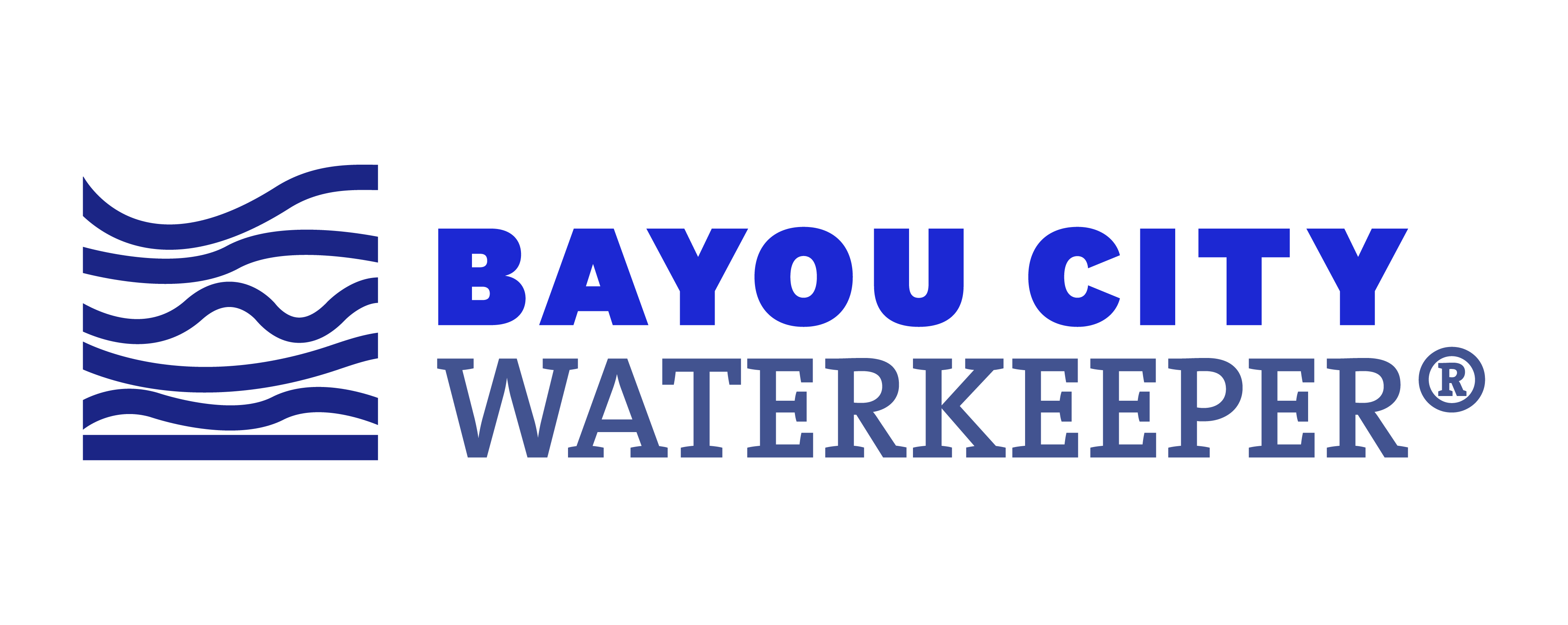This is a guest post by Klara Henry, who was a Summer 2022 legal intern with Bayou City Waterkeeper.
As part of a vision to advance water justice across greater Houston, Bayou City Waterkeeper advocates for nature-based solutions to flooding and other climate risks. Nature-based solutions, also referred to as nature-based infrastructure, green infrastructure and low-impact design, differ from traditional engineering approaches to infrastructure and instead rely on natural systems and approaches to address our region’s flood and climate risks and create benefits for both communities and ecosystems. Nature-based solutions encompass better management of existing ecosystems as well as man-made systems that mimic nature. This blog post shares more about two types of nature-based solutions exemplifying both approaches: coastal wetlands and oyster reefs.
Coastal Wetlands
The Royal Netherland Institute for Sea Research and other Dutch scientists have researched the country’s major historic floods, and determined that salt marshes and other coastal wetlands played an enormous role in flood mitigation. Salt marshes reduced the number of dike breaches in two severe floods in Dutch history, absorbing wave energy and lowering flood depth. Supplementing “engineered structures” like dikes with natural flood mitigators like salt marshes can amplify the former’s ability to reduce severe flood damage. Dutch scientists are exploring where salt marshes make the greatest impact—ideally, they would be developed and preserved just outside dikes, but can be impactful even when located on the shore-side of the dike, if another dike is placed further inland from the marsh, as a “double-dike” structure. Salt marshes can be very valuable–projections indicate that they will retain their ability to protect coastal communities even under dramatic sea level rise scenarios, offering more durable protection than “gray infrastructure” alone, like levees and seawalls.
In Texas, coastal wetlands like salt marshes are filled with plants like cordgrass and other species able to tolerate the brackish water and slow the flow of water during tides. Not only do the marshes filter out pollutants before they reach the Gulf, they also absorb wave energy and act as protective buffers against hurricanes hitting the coast. Similarly, the vegetation and root systems stabilize the earth to protect against coastal erosion, another destructive consequence of hurricanes and storm surges.
Despite these benefits, the greater Houston region continues to lose wetlands to poorly planned coastal developments. This year, Bayou City Waterkeeper released its Five Critical Wetlands story map and wetland mapping tool. With these resources, we can better identify salt marshes and other coastal wetlands that can be our allies in protecting coastal communities from climate change.
Oyster reefs & oyster-tecture
Oysters are incredibly effective natural flood-fighters. Oyster beds protect shorelines from wave erosion. Dense colonies of oyster beds in coastal waters act “as a natural breakwater”during strong storms, and absorb some of the wave’s shock power before it can hit land. Oyster reefs are doubly impactful in that they also reduce water pollution, as the oysters (and bivalves generally) filter out pollutants from the water. Oyster populations increase marine biodiversity as a whole, since many marine species feed on them.
In maximizing oysters’ flood mitigation power, we can combine the natural ability of oyster beds to reduce storm surges with commercial flood prevention techniques. For example, rebar structures seeded with oysters combine the strength of man-made structures with natural means. In light of the oyster’s power to prevent flood damage, reef planting initiatives have taken off in coastal areas around the US—in New Jersey’s Sandy Hook Bay, in Norfolk, Virginia, Charleston, South Carolina, and in parts of Florida, to name a few.
New York’s Billion Oyster Project aims to reintroduce hundreds of acres of oyster reefs by 2035, working with local restaurants to collect oyster shells, which they then cure in the sun and set with microscopic larvae before placing them in the water. The “oyster-tecture,” partially submerged mounds of rubble mixed with oyster shells implanted with larvae, will grow over time and become a buffer against intense waves approaching shoreline.
Along the Texas coast, oyster shells are forming part of a larger strategy to protect against climate change and improve water quality.
Bayou City Waterkeeper’s partners at Galveston Bay Foundation lead local oyster shell recycling programs and have recycled more than 1,000 tons of oyster shells to date. Partnering with restaurants serving oysters on their menu and collecting their discarded shells produces a continuous supply of empty shells to restore reefs.
The Texas Coastal Exchange, a project developed by the Severe Storm Prediction, Education, and Evacuation from Disasters (SSPEED) Center at Rice University, similarly aims to restore natural habitats, including oyster reefs. Reefs in Galveston and Matagorda bay (among others along the coastline) offer “great potential” for shoreline protection as wave breakers during storms. Directors of the Texas Coastal Exchange, including Jim Blackburn, who also serves as co-director of SSPEED, praise oyster reefs as a key member of the “coastal protection toolbox,” as they are less expensive than traditional, “gray” structures of seawalls, dikes, and levees, while also providing significant environmental benefits compared to damage caused by traditional structures.
***
While plans like the Coastal Texas Study contemplate large engineered structures like the Ike Dike to protect against storm surges, Bayou City Waterkeeper has an alternative vision that works to improve the natural systems we already have in place — a future with more oyster reefs and salt marshes, and less concrete and steel.
 Klara Henry is a 2L at the University of Texas at Austin and was a legal intern with Bayou City Waterkeeper in the Summer of 2022.
Klara Henry is a 2L at the University of Texas at Austin and was a legal intern with Bayou City Waterkeeper in the Summer of 2022.

